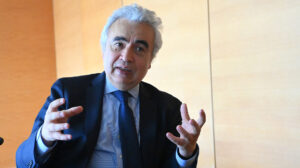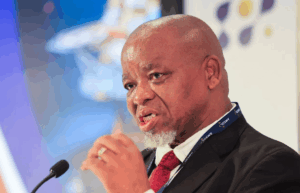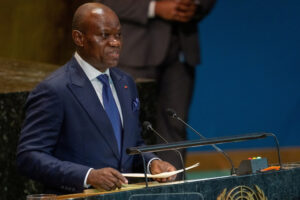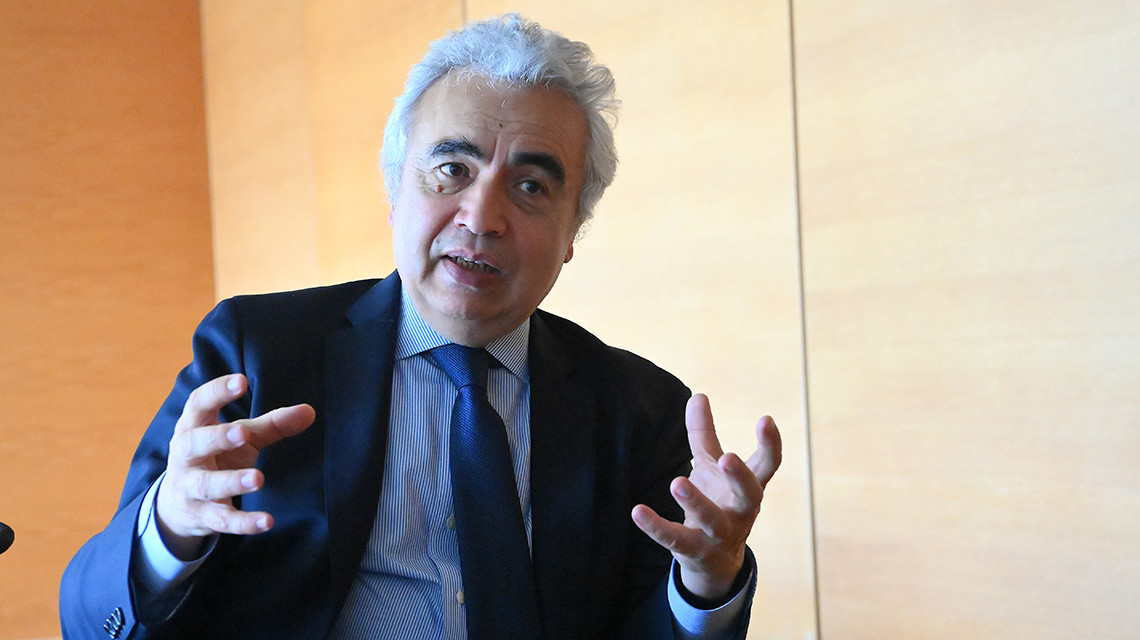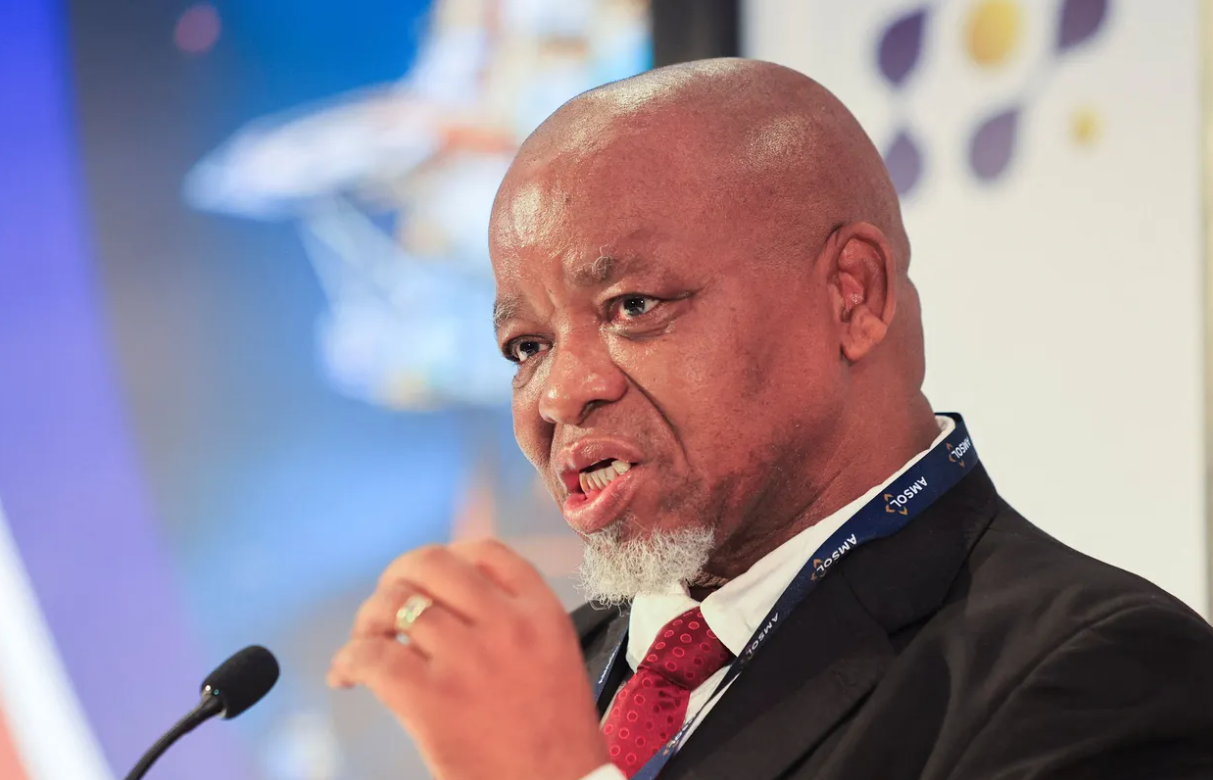Despite its successful political transition, South Africa’s digital journey is marked by stagnation, a contradiction highlighted by Gugu Lourie’s recent Techfinancials report. The article highlights SITA’s operational challenges and the growing trend of frustrated government departments bypassing the state’s shared IT procurement framework in favour of direct sourcing from private IT services, often from suppliers with questionable B-BBEE credentials (Techfinancials: SA Home Affairs Seeks Divorce From SITA, Eyes Private IT Partners, https://l1nq.com/AfKsb).
Lourie’s article points to a major, yet typical, challenge of South Africa’s economic struggles: the state’s continuous struggle to reconcile its developmental ambitions with the persistent impact of its neoliberal policy choices, a tension acutely evident in the ICT sector’s structural and policy fragmentation—and the subsequent disjointed mandates of state-owned entities.
Telkom: A Missed Chance for Digital Transformation
And yet the South African government’s majority stake in Telkom, a JSE-listed entity with a vast converged network, presents a significant opportunity for driving development and supporting key public services. The national government holds a significant stake in Telkom, with a direct ownership of 40.5% and an additional 13.6% through the Government Employees Pension Fund, bringing its total stake to 54.1%.

There is little doubt that government departments like Health, Education, and Home Affairs, which depend on advanced biometrics and digital functions, would greatly benefit from a unified strategy. The current systemic dissonance, characterised by a structurally fractured ecosystem of state-owned entities operating in silos with overlapping roles and unclear responsibilities, results in a rather glaring disconnect between the service experience (infrastructure, digital services, and cyber risk management) and the needs of critical public services.
This fragmented approach not only impedes a unified connectivity strategy and market regulation but also inadvertently widens the digital divides and socio-economic disparities, revealing the need for institutional reform aligned with a converged future. In today’s hyper-connected world, where reliable internet is crucial for education, healthcare, and business, the state’s inefficiencies are sharply exposed by unclear policies and failures to execute at institutional levels.
The paradox here , is that while Telkom generates valuable revenue for the government, this rent benefit to the fiscus is offset by the inefficiencies of other state institutions in the Department of Communications and Digital Technologies (DCDT). Despite Telkom’s digital turnaround offering an opportunity to enhance services like Home Affairs, expand internet access, and digitise public broadcasting, the state’s unclear policies and poorly coordinated execution model lead to inefficiencies with several overlapping and unsustainable broadband entities.
Rebooting the State: A Case for Consolidating South Africa’s ICT Entities
To fundamentally reshape state digital capabilities and public broadcasting, a bold yet radical move would be to converge SITA, Broadband Infraco, SENTECH, the Universal Service and Access Agency of South Africa (USAASA), and SABC into a single State Technology and Broadcasting Services entity, creating powerful synergies across its core functions. This entity would encompass a robust infrastructure arm responsible for national network and data centre capabilities, a vital digital services arm dedicated to areas like cybersecurity and platform support, and a focused content arm – the public broadcaster—which would concentrate on creating and delivering public service content via the integrated national digital infrastructure, free from commercial obligations.
Given the failure of the current public broadcasting model at the SABC and Sentech, coupled with the global shift to IP-based platforms, the proposed convergence demands robust policy frameworks, institutional innovation, and leaders with diverse, cross-sector experience to facilitate seamless technological integration.
Global Insights: Guiding Principles for a Smooth Digital Shift
This streamlined approach, informed by World Bank ICT4D research and drawing inspiration from successful state integrations in South Korea, Singapore, and Australia, would eliminate redundancies, reduce costs for taxpayers, and optimise digital transformation spending. By leveraging Telkom investments strategically, the government can accelerate both technological progress and the delivery of essential public services such as education, healthcare, and governance.

While some independent operators might view consolidation as a potential threat or a step towards nationalisation of Telkom, a streamlined state technology entity would actually create significant opportunities for the private sector. A consolidated state-owned ICT ecosystem would deliver sound governance, operational efficiencies, and enhanced financial capabilities, enabling the issuance of bonds and access to capital markets for strategic growth and further investment. By eliminating redundancies, structural duplicities, and inefficiencies, the new entity would offer a more attractive and sustainable partnership landscape for private sector engagement compared to the current fragmented and wasteful architecture.
EDITORIAL: Lloyd Nedohe (MA ICTPR, MBA) is the founding editor of ESGfrontiers.org. He has research experience at the University of Johannesburg’s DSI/NRF/Newton Fund Trilateral Research Chair for Innovation, 4IR & Sustainable Development Policy, where he is a PhD candidate.



